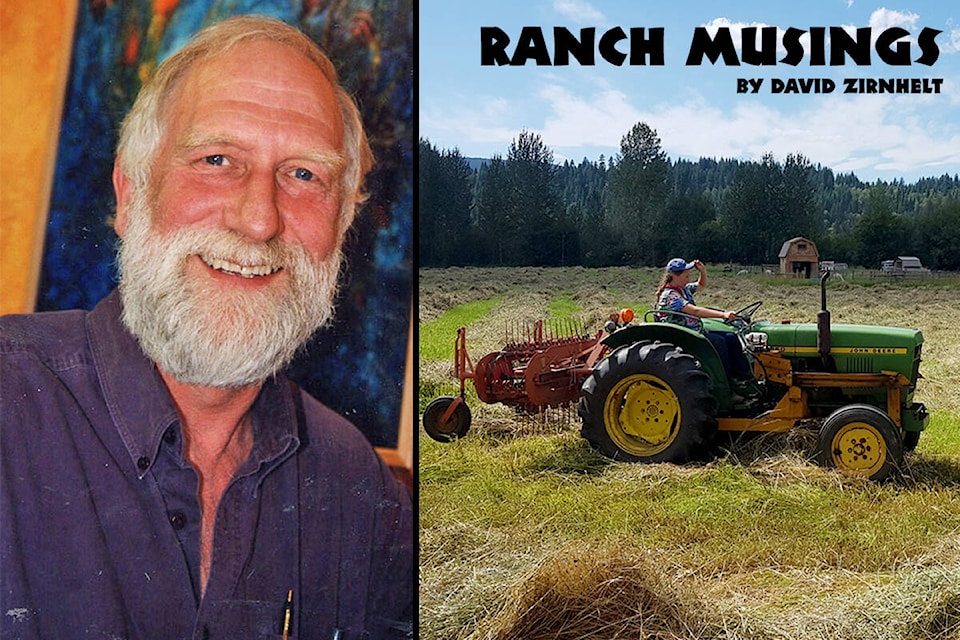I want to send some articles based on reflection and musing on the meaning and value of benign management of the livestock resources under our stewardship. I have been digging into various resources available: cowboy poets, university research and personal observation.
What was on the minds of the Spanish conquerors of the Americas but that they were carrying on and expanding the livestock management that had been going on for a thousand years or so in Spanish Europe.
The need for cowboys came from the large herds and open range in Spain and Portugal. Those cattle handling techniques of the horse -mounted herders spread to Caribbean islands first. Apparently, according to the Encyclopedia of the Great Plains (US), the Spanish were influenced by African ranching techniques.
It is interesting that this is the same region where recent archeology and anthropology have confirmed the evolution of our type of human being. (Was this the Garden of Eden or was it more southern and central African grasslands and savannah?)
In the pampas of South America, cattle had been introduced sometime before the Spanish conquest of southern North America (Mexico). There, in South America, cattle and horses roamed freely for more than a century. Gauchos or cowboys first hunted large semiwild herds independently then later worked for landowners on estancia (estates) which changed the face of the pampas. The gauchos were reputedly of mixed Spanish and Indigenous heritage.
The pampas encompass some 460,000 square miles in parts of Argentina, all of Uruguay, and the south of Brazil—a very large area!
After this large impact on the South American landscape, the Spanish moved north with their cattle and horses. The Spanish conquistadors moved into Mexico where they had an unwelcome impact on the well-developed and very pervasive indigenous subsistence farms. The “natives” had considerable contempt for the free roaming cattle as they ravaged their agricultural fields, decimating the subsistence crops (maize, beans, and squash).
Around 1858, 1,000 head of cattle were pushed into El Paso Texas and promoted by the Spanish missions. This date is the same era as the Cariboo gold rush and the beginning of the blossoming of Barkerville and Quesnel Forks.
The advent and rapid expansion of vast unfettered cattle herds flourishing in the south, central, and northern U.S. was tempered by overgrazing of the common land. Drought in much of the area followed by a harsh winter of 1886-87 killed over 100,000 cattle.
Bankruptcies hit the cattle industry and the abuse of the commons led to fencing for more control of the impacts of cattle on settled and grazing lands.
This brief history foreshadows challenges facing the ranching economy in the world today.
In the weeks to come in this space I hope to muse about the theme of the settling (or “unsettling”) of land by Europeans as they colonized a new world.
The participation and contribution by indigenous people to the cowboying of livestock needs to be recognized. One historian of ranching published by the Texas A and M University writes that the first wave of horse-riding cow wranglers in North America were Indigenous Mexican men called “Vaqueros.”
I will write more on this theme of the conflict of commercial agriculture on traditional land use in America.
newsroom@100milefreepress.net
Like us on Facebook and follow us on Twitter.
